Date: 21 May 2025
Time: 14:00 - 16:30
Presentations
14:00-14:30
Florian Sanchez, Business Unit Director, Dairy Bioprotection, Novonesis, Denmark
14:30-15:00
Michael John Lewis, Food & Dairy Consultant, United Kingdom
15:30-16:00
Levinia Scotti, Sustainability Programme Manager, Arla Foods Ingredients P/S, Denmark
16:00-16:30
Johanne Kjuus, Head of Sustainability, TINE Group, Norway
Abstracts

Fresher for longer with bioprotective cultures: Biosolutions to tackle food waste in dairy
In an era where sustainability is paramount, dairy manufacturers face the challenge of reducing their environmental impact while meeting consumer preferences and maintaining profitability. With food waste contributing over 8% of global greenhouse gas emissions and 20% of dairy products being wasted, the challenge is colossal. Yet, reducing this waste is a powerful lever to lower carbon emissions and combat climate change, if tackled collectively by our industry. Extending the shelf life of fresh dairy products, such as yogurts or white cheese, can be a game-changer in the fight against food waste. At Novonesis, it is believed that using bioprotective cultures is a great way to achieve this while meeting consumer demand for great taste, high quality, and naturality. The bioprotective cultures help delay the growth of unwanted spoilage organisms while maintaining a great ‘fresh taste’ experience, two common reasons for product discard, thereby enabling longer shelf life and leading to less waste. Moreover, Novonesis’s collaboration with dairies worldwide has shown that extending shelf life has the transformative potential to enhance productivity, create more flexibility in manufacturing and improve logistics for manufacturers. Biosolutions can create opportunities to drive a more sustainable dairy industry and help in collectively fighting food waste. Regrettably, we do not have the necessary permissions to distribute this presentation at this time, as we are currently awaiting an alternative edition
Florian Sanchez, Business Unit Director, Dairy Bioprotection, Novonesis, Denmark
Commercialisation of microbial cultures for Bioprotection.
Probiotics for Functional Foods.

Ambient stable dairy products – challenges and opportunities
This presentation will discuss factors affecting the safety and quality of ambient stable milk products. These are commercially sterile, with a minimum shelf life of 6 months at ambient temperature, thereby avoiding refrigeration. Traditionally, milk was sterilised in glass bottles with crown corks. Other containers are plastic bottles and sachets, tin cans and flexible pouches. Sterilised milk is brown and has a recognisable cooked flavour.UHT processing was introduced over 60 years ago. This is a continuous process using temperatures greater than 135o C for a few seconds. The product is packed aseptically.UHT processes results in less chemical change compared to in-container sterilisation. UHT milk is also whiter than raw milk. UHT processing can be applied to any product that can be pumped through a heat exchanger. UHT processes can be indirect and direct. These processes will be compared and contrasted and methods for evaluating UHT plant performance will be discussed, such as Fo values, B* and C* values.Heat stability is a major challenge in UHT processing. Its adverse effects are heat exchanger fouling and sediment formation in the product. The main determinants of heat stability are pH and ionic calcium. Methods for measuring and improving heat stability will be discussed, as well as differences in heat stability found when using UHT and in-container sterilisation. The roles of the alcohol stability test for predicting heat stability and incorporating a heat stability tube to extend processing times will be explored.UHT products are typically stored up to 12 months. The wisdom of longer storage times will be discussed and the major factors affecting quality changes during storage and their temperature dependence will be summarised.
Michael John Lewis, Food & Dairy Consultant, United Kingdom
Thermal processing, dairy technology, food process engineering
website: ( www.dairy-solutions.com)

From waste to value – examples from Arla Foods Ingredients' journey towards driving food waste reduction all the "whey"
As a global leader in improving premium nutrition, serving leading global brands in early life nutrition, medical nutrition, sports nutrition and health foods, Arla Foods Ingredients’ (AFI) business model is based on driving and pioneering the valorization of dairy and whey streams. Consequently, AFI’s food waste reduction journey started 40 years ago, when the company was founded. Today, AFI plays a vital role in Arla’s ambitious group-level commitment to cut food waste across its production sites by 50% by 2030, since a large share of Arla’s food waste occurs at AFI sites as by-streams. The presentation will cover an introduction to Arla’s 2030 Food Waste ambition, locate it in the context of EU targets and the food waste hierarchy framework. Two cases from Arla Foods Ingredients will then showcase how commercially anchored innovation and partnerships are powerful vehicles to unleash the food waste reduction potential of dairy streams. Case 1 will introduce AFI’s partnership with ENORM, Northern Europe’s largest insect farm, that is enabling AFI’s Danmark Protein production site to achieve a significant reduction in food waste. Case 2 will introduce how AFI helps customers to reduce food waste in their production of strained, fermented dairy products via a product that enables the utilization and valorization of acid whey. These two cases serve to inspire dialogues on actionable steps that dairy companies can take in collaboration with their entire value chain as well as partners to drive both footprint and handprint impact when it comes to food waste.
Levinia Scotti, Sustainability Programme Manager, Arla Foods Ingredients P/S, Denmark
Sustainability Impact Management & Strategy Development

No waste to landfill. Our path to zero food waste
In recent years, TINE has implemented several groundbreaking strategies to reduce food waste and promote circularity within its value chain. One of the company’s key initiatives is the establishment of a platform that makes surplus resources available and promotes practical circularity. This platform aims to increase resource utilization and sustainability by ensuring that all resources and capacities are optimally utilized. The presentation will provide an insight into how a clear strategy and defined goals can enable systematic efforts to reduce food waste and utilize raw materials and by-products that were previously considered waste. TINE will share its latest innovations and successful examples, such as transforming discarded raw materials into a low-fat white goat cheese for human consumption. The company also investing in circular solutions for the future by reusing and repurposing products into new ones. For instance, cheese trimmings from production, which were not fully utilized before, are now collected, sorted, and used to create new cheese products like processed cheese and double-cooked brown cheese. To meet future needs for by-products and protein sources, TINE is researching new applications for by-products. This includes exploring the use of sour whey for mushroom cultivation to produce new proteins and using surplus milk for insect feed. Our goal is to find new value chains where by-products that are currently discarded can gain new value. Through these initiatives, TINE demonstrates its commitment to sustainability and innovation. This presentation will showcase how the company actively work to reduce food waste and promote circularity within our value chain. The presentation will support learning into how these practices can be applied to dairy operations, driving both environmental and economic benefits.
Johanne Kjuus, Head of Sustainability, TINE Group, Norway
Sustainability. Johanne Kjuus has worked in the Norwegian food sector for over 25 years, gaining experience in consulting, retail, and the food industry, with a focus on sustainability.
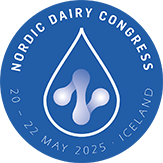






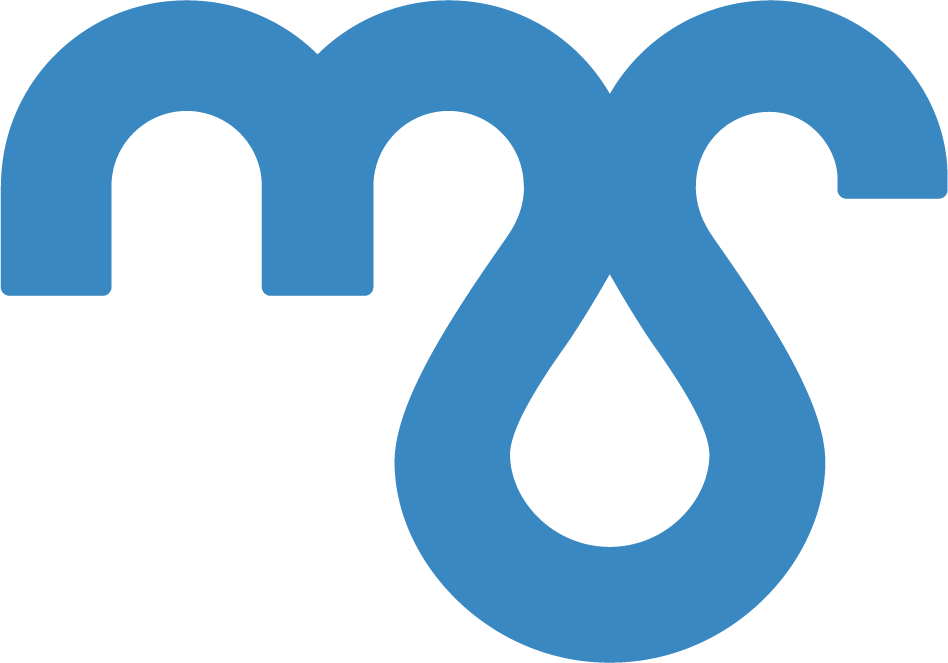
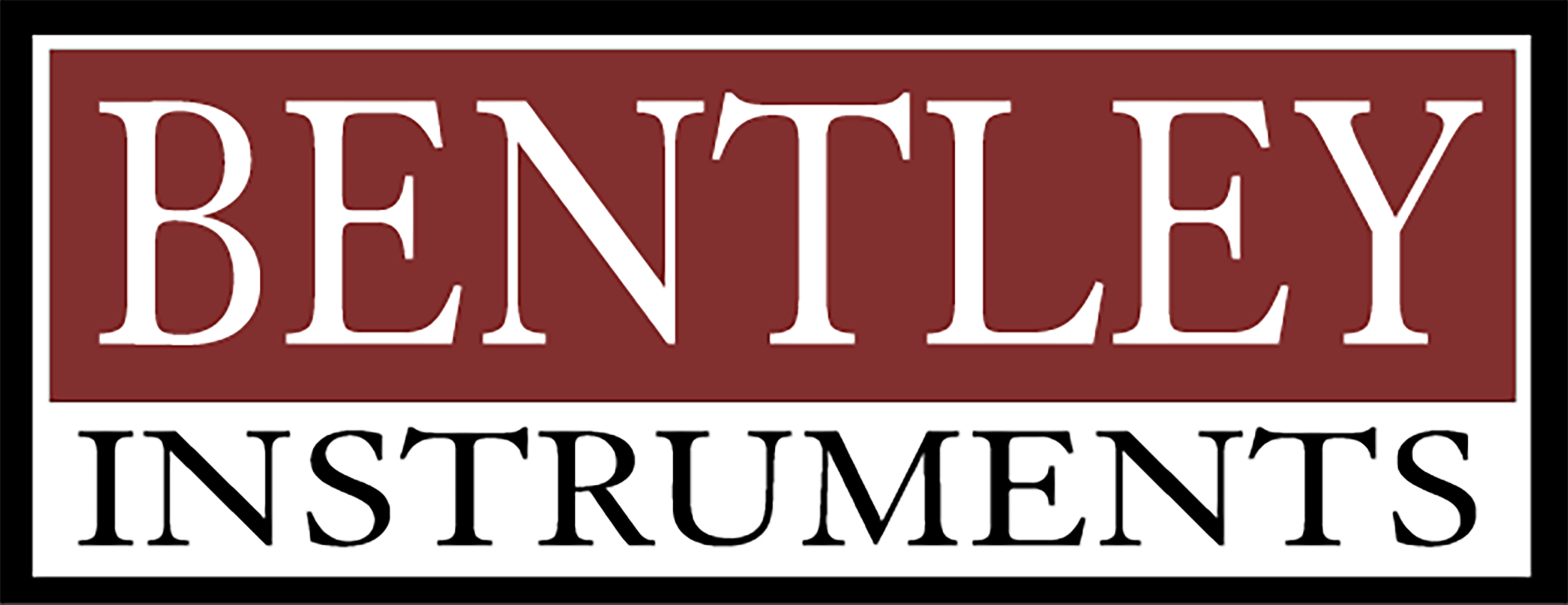
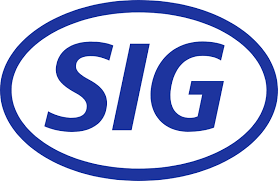



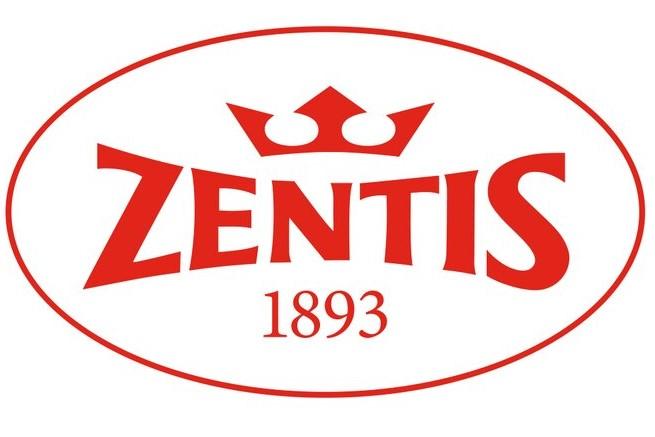
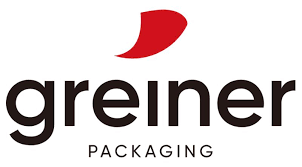
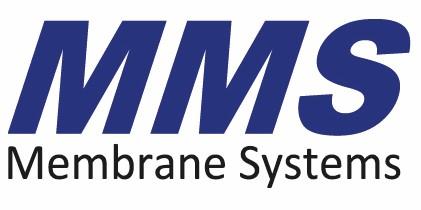


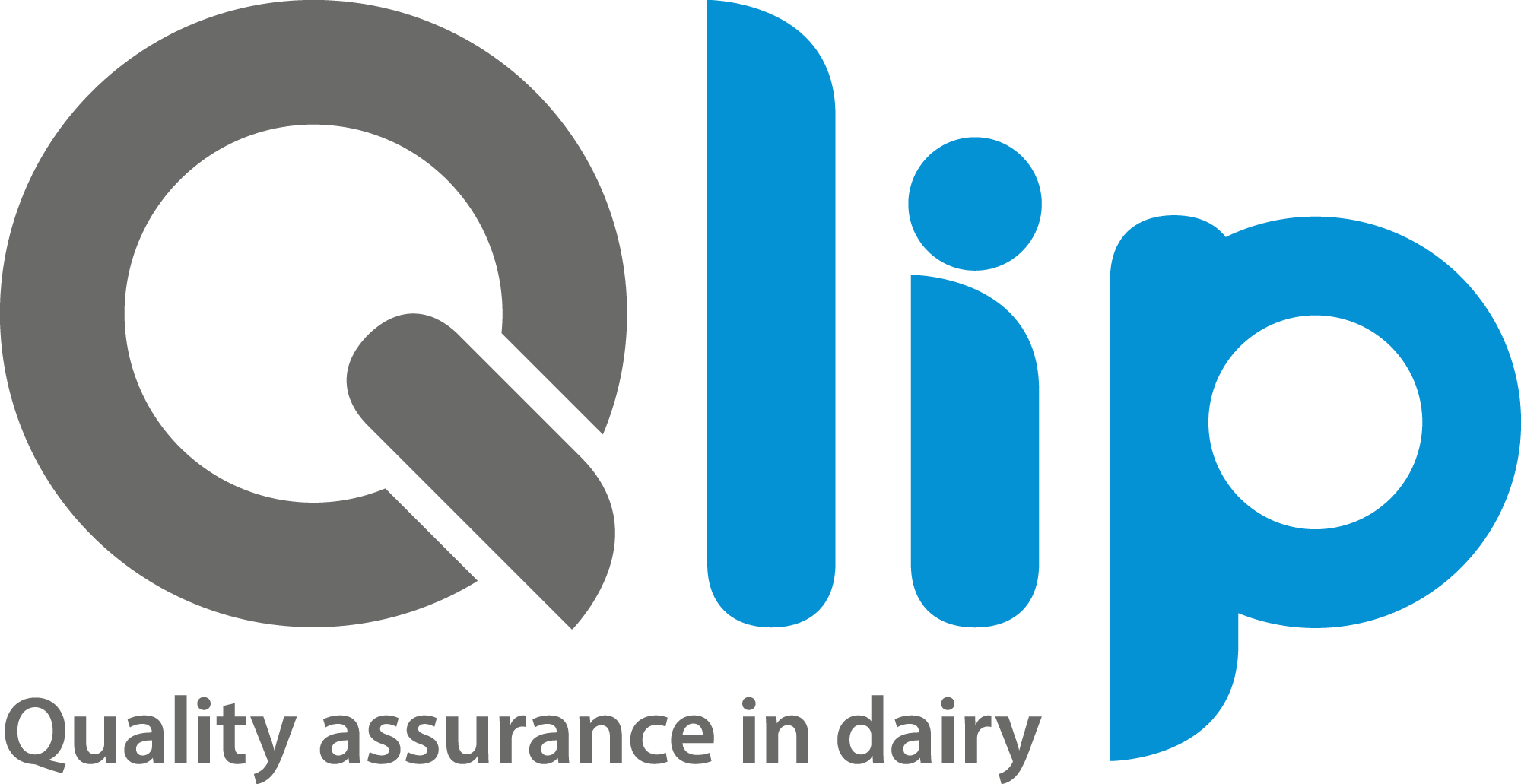
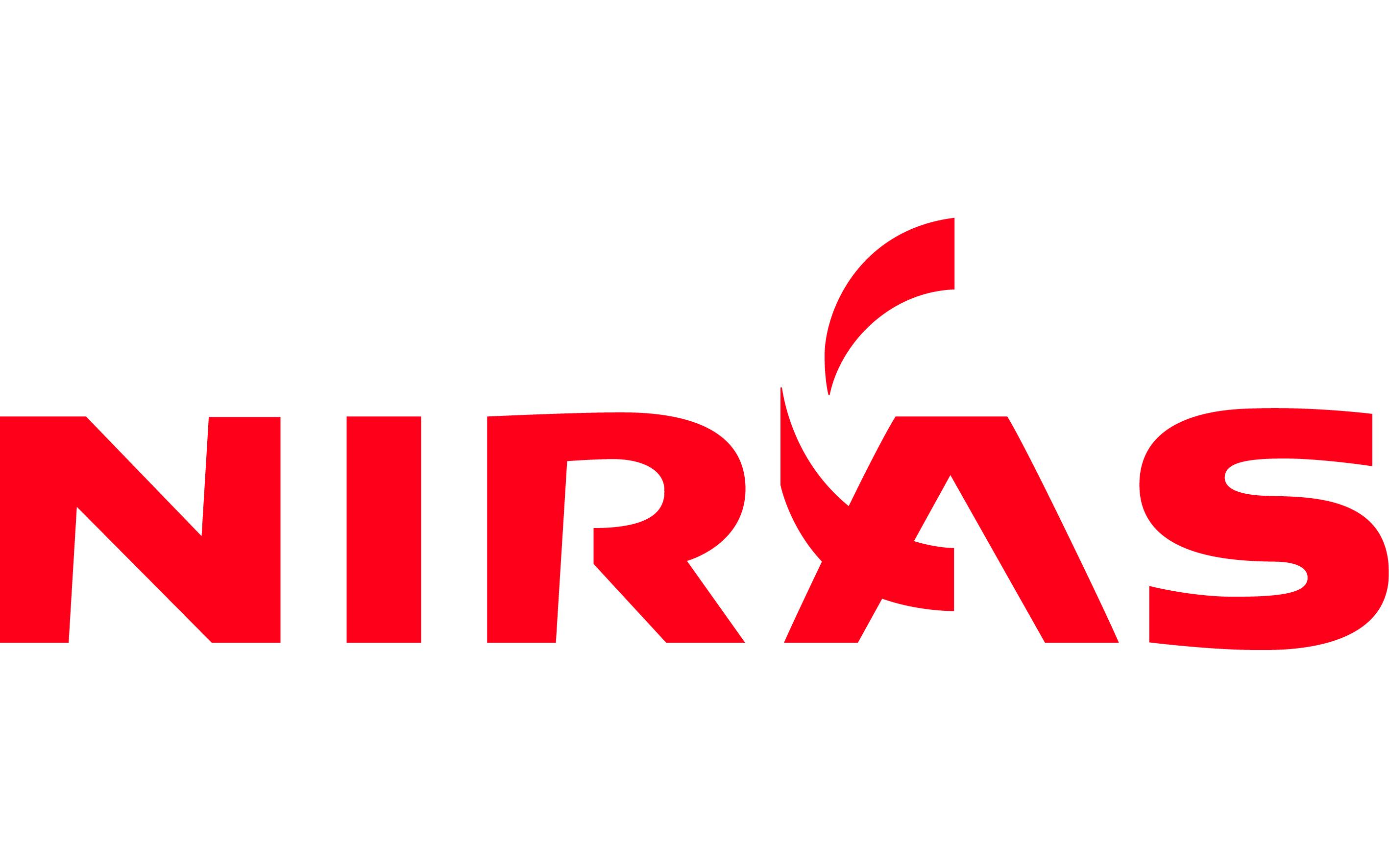
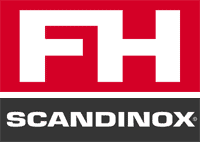

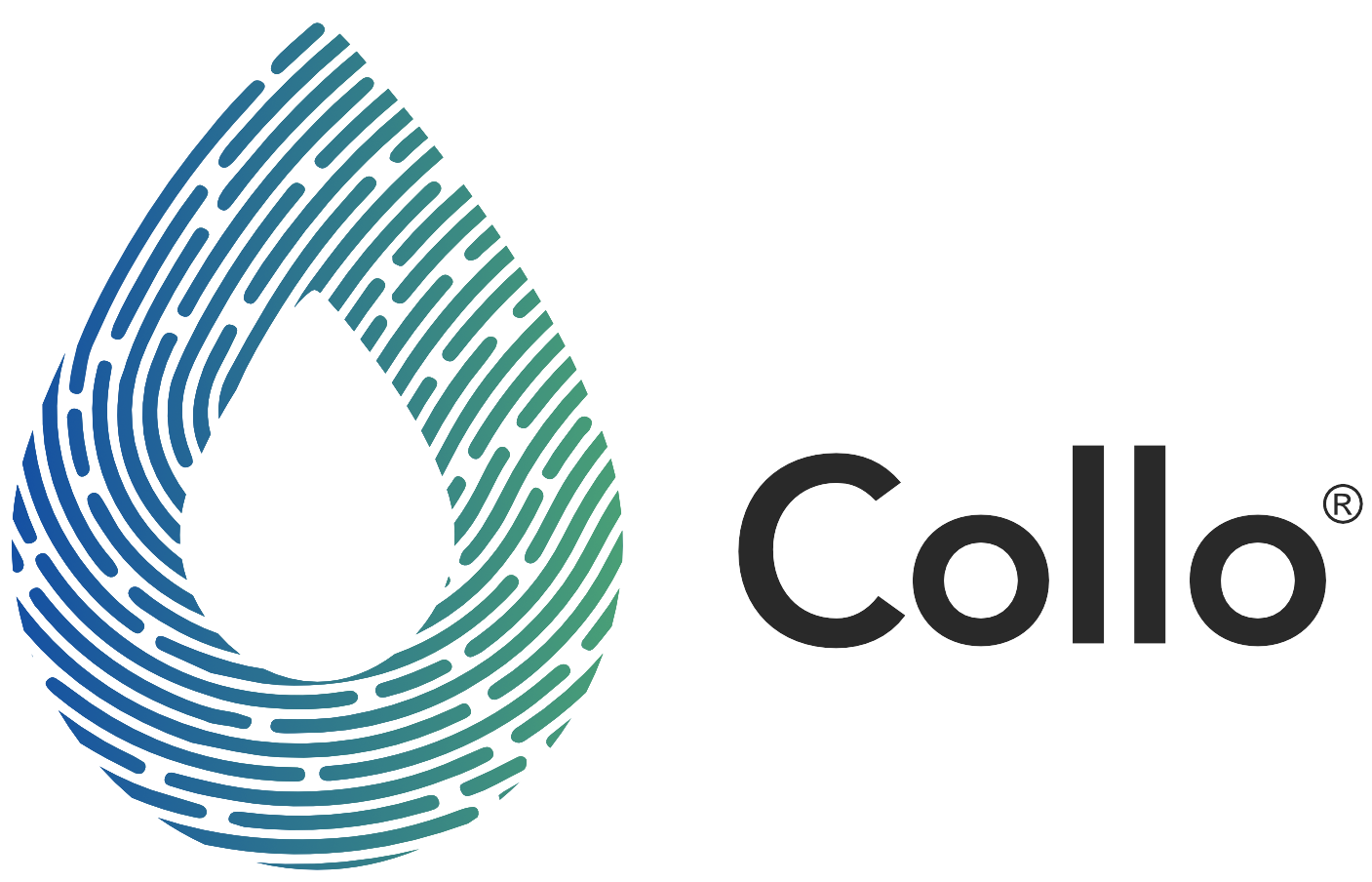
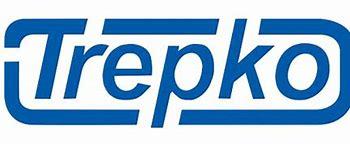





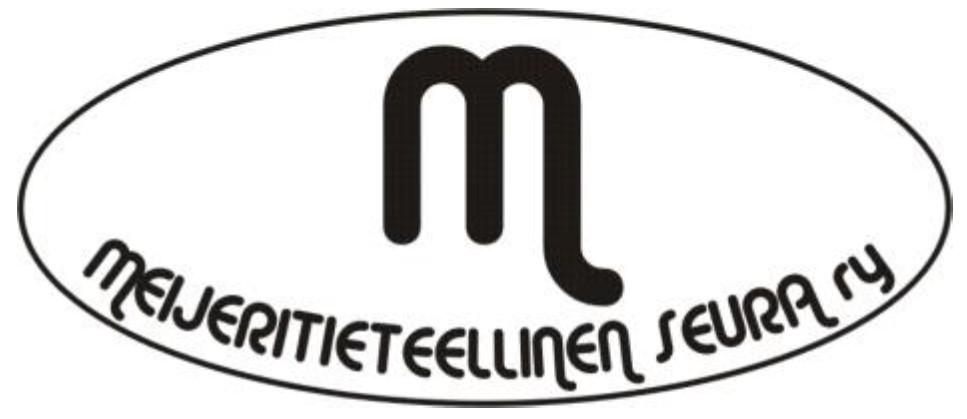
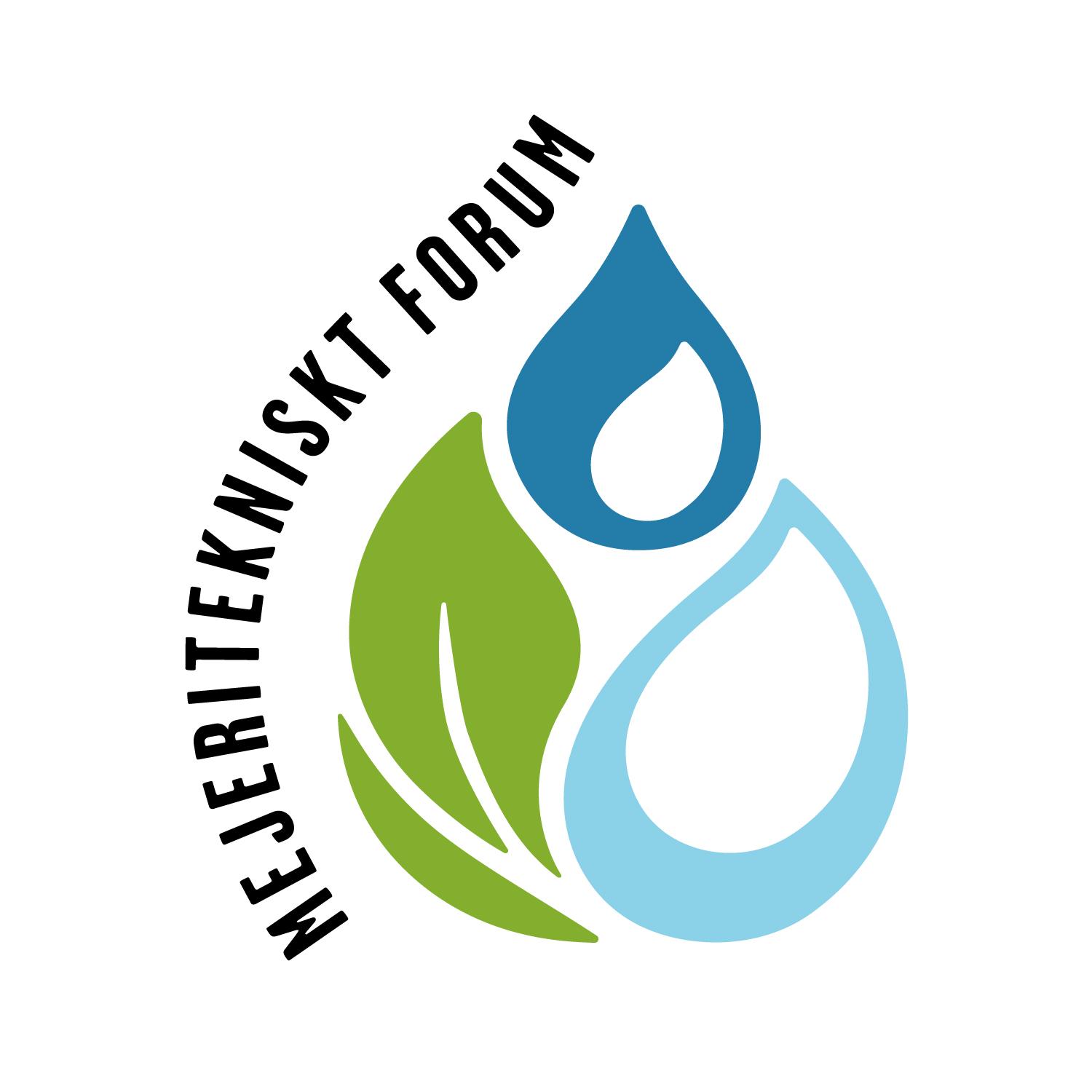
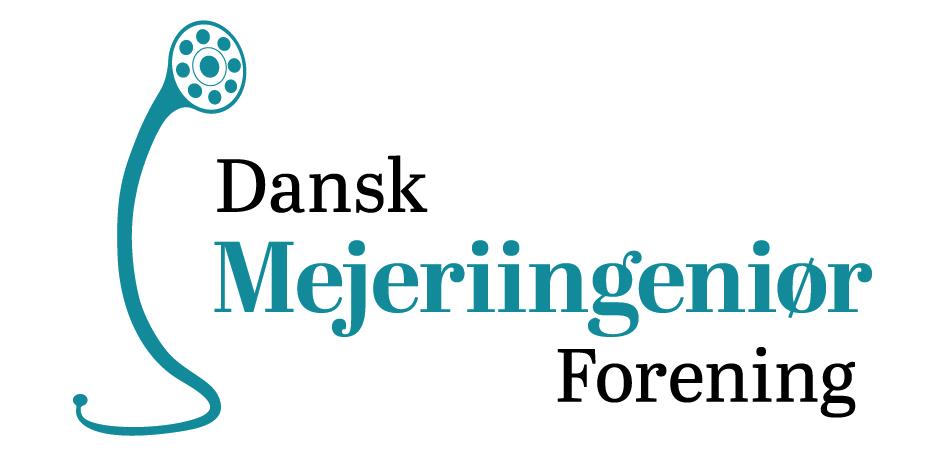
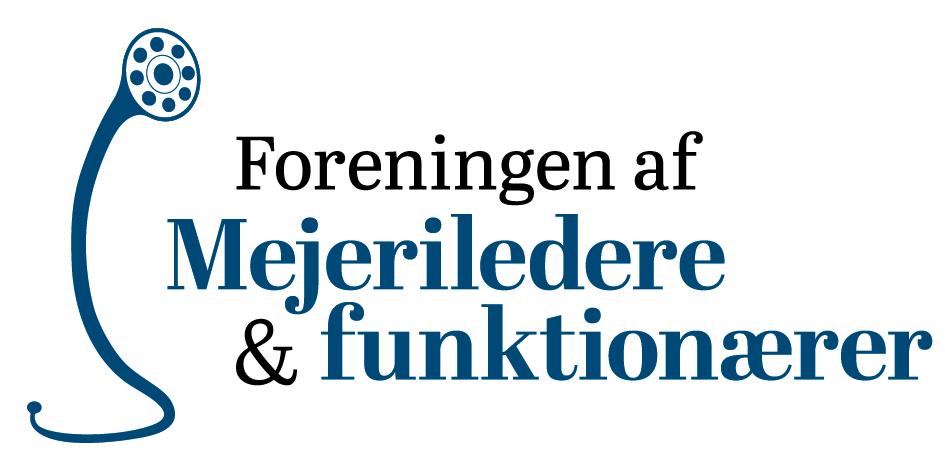



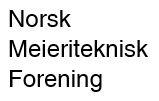
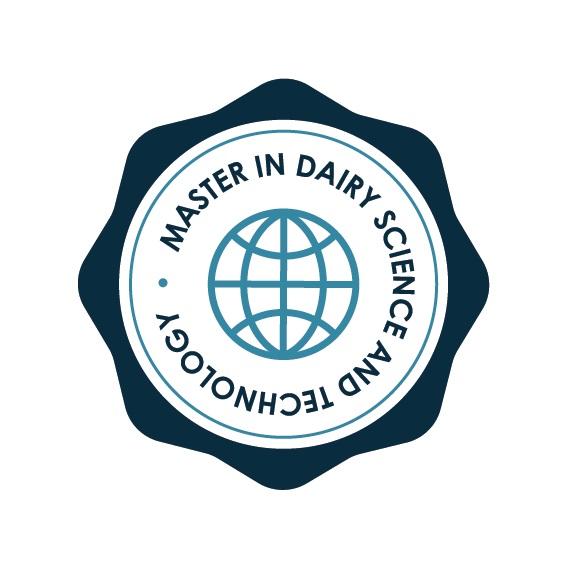


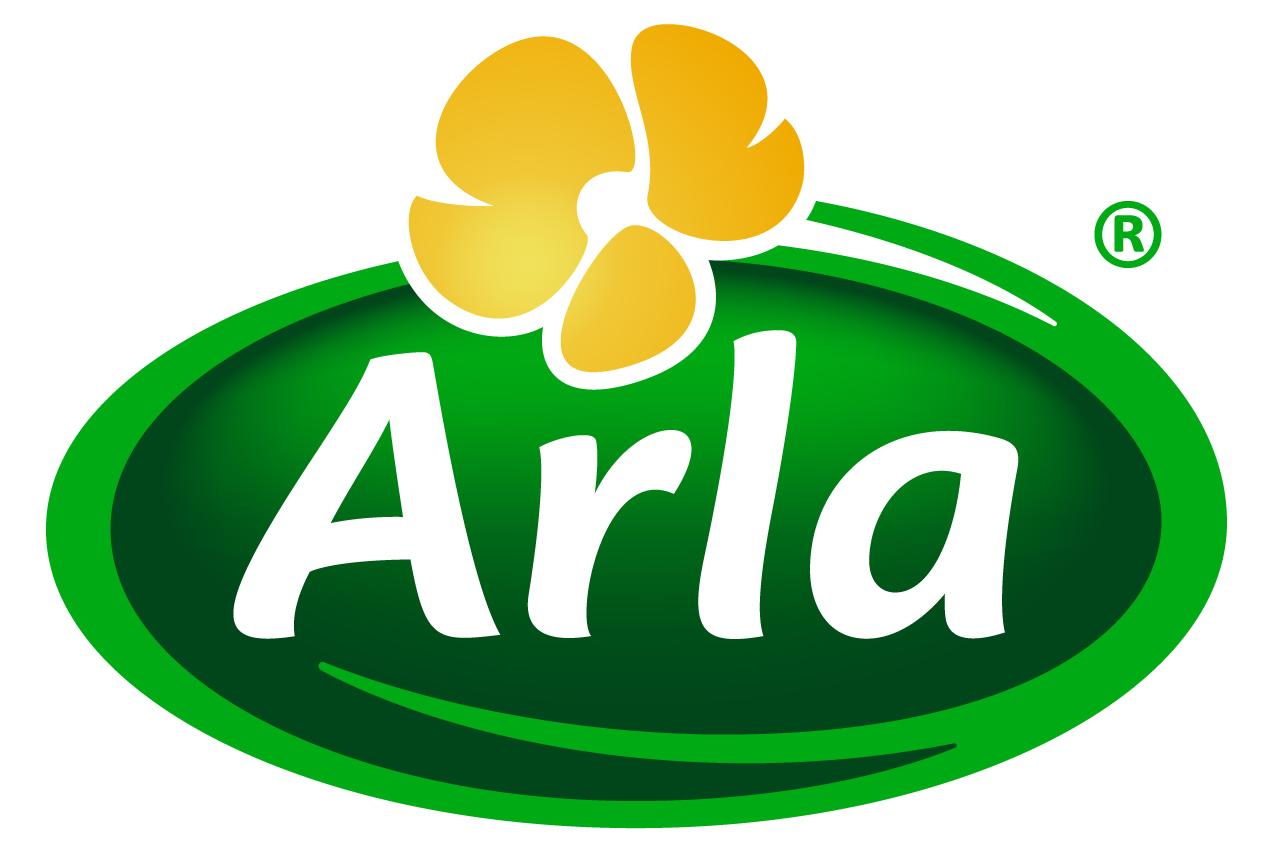

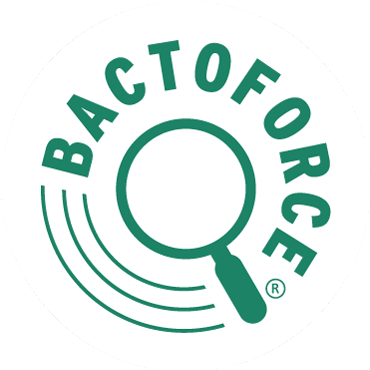

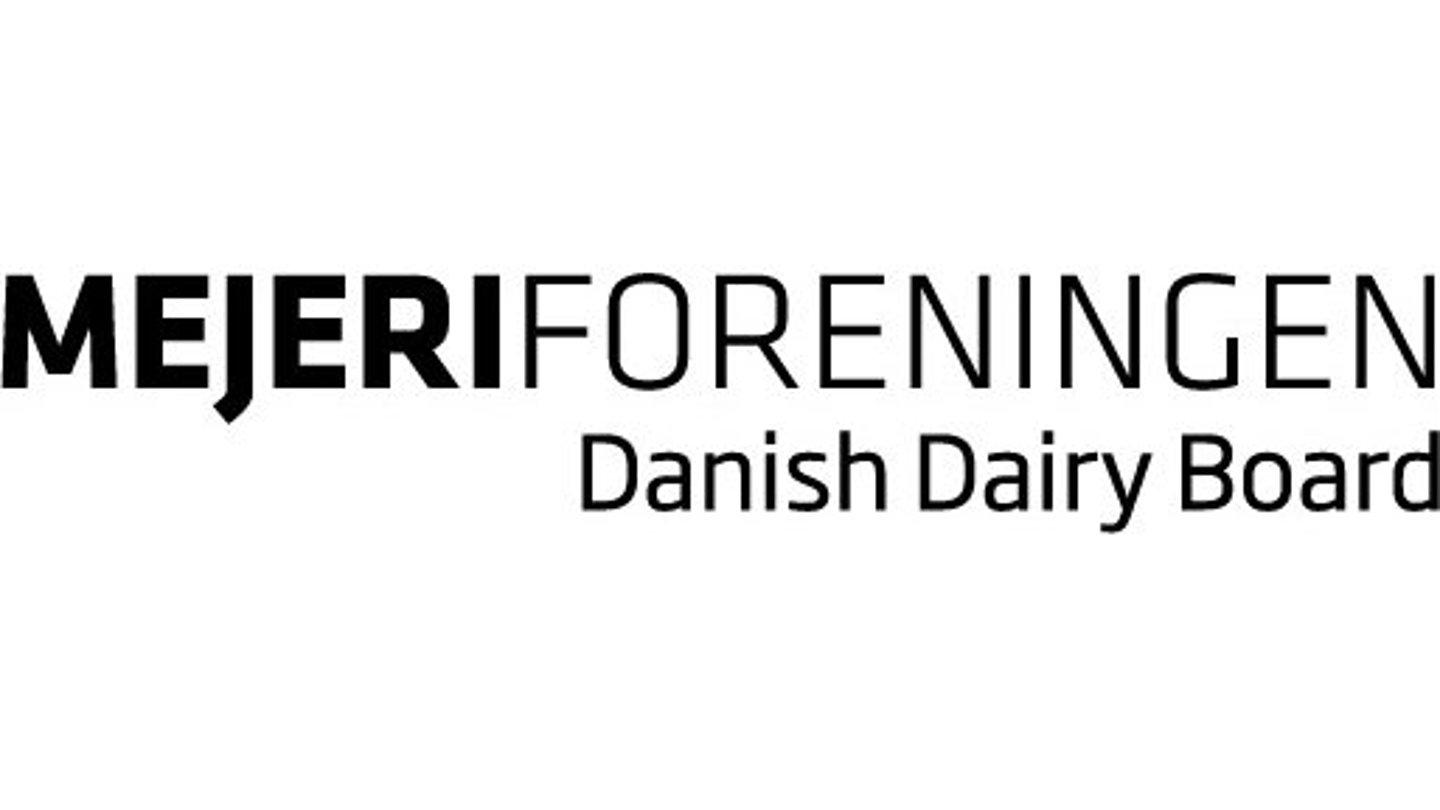
 Munkehatten 28
Munkehatten 28